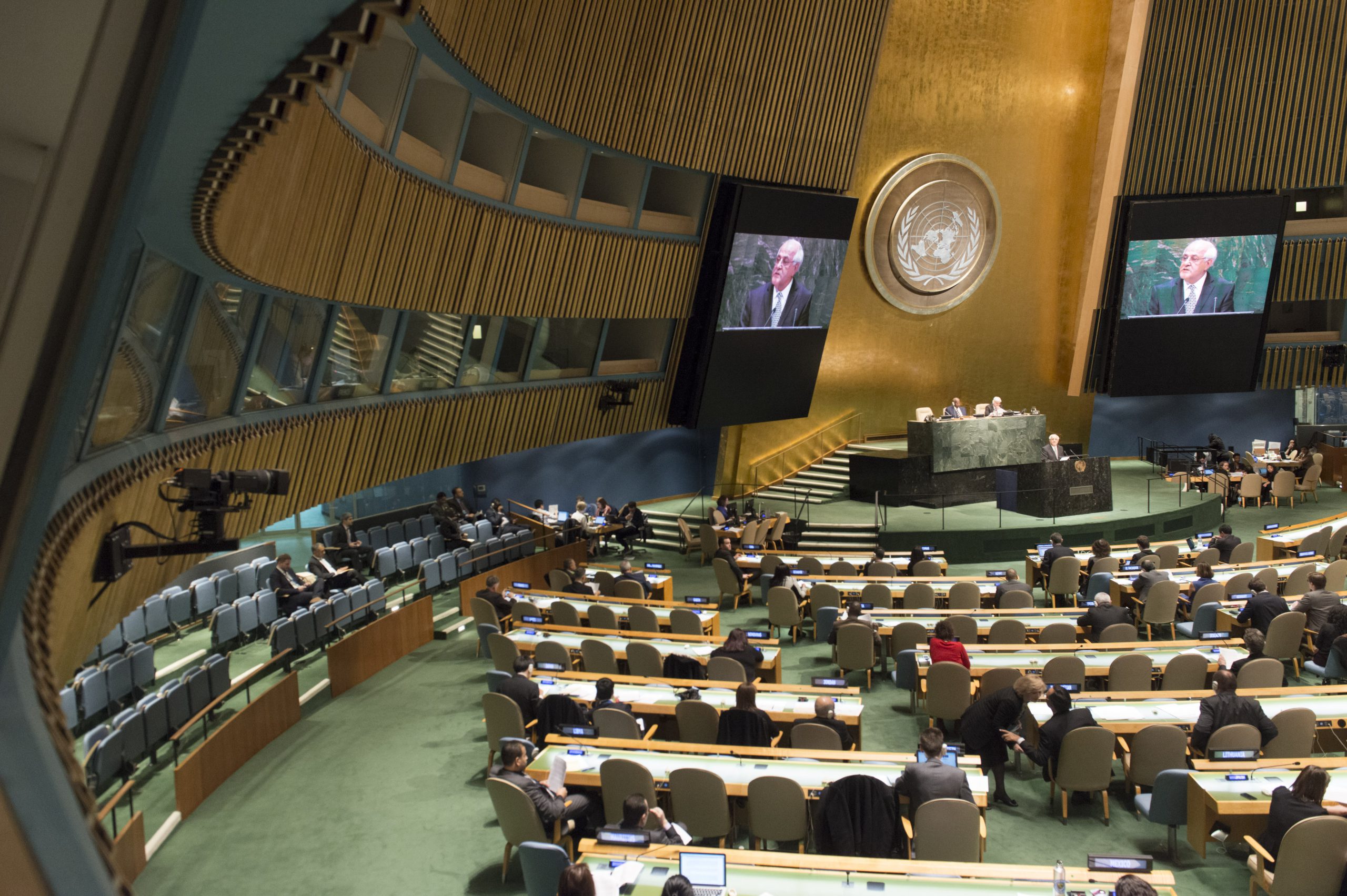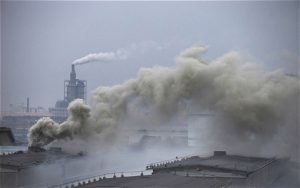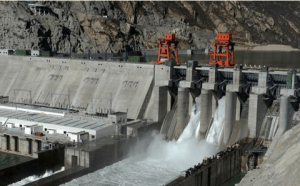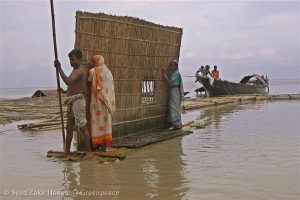Countries have committed to sign a new agreement in Paris next year, pledging climate action beyond 2020. This is the first major test of the world’s willingness to tackle climate change since Copenhagen five years ago, where hopes of a comprehensive treaty to curb greenhouse gas emissions were dashed. The stakes are high, after the UN science body, the Intergovernmental Panel on Climate Change (IPCC), said earlier this month that rising annual greenhouse gas emissions were impacting the climate now; posed grave risks this century; and must fall in the 2020s to avoid the worst effects. Other experts, including the International Energy Agency and the Global Commission on the Economy and Climate, have warned that the timing is critical. A rapidly-urbanising developing world is making choices that will determine either low-carbon development or lock them into highly carbon-intensive growth in the long term.
What’s on the agenda?
Climate negotiations are fraught because they cover such a range of issues, affecting daily life in almost every country of the world. The two big items on the agenda are, first, to cut greenhouse gas emissions and so limit climate change, called mitigation, and, second, to prepare for climate change that is already happening or on its way, called adaptation. Mitigation is about changing how the world generates its energy, shifting away from unabated fossil fuels. Adaptation is about making agriculture and infrastructure including cities, ports, power plants and roads more resilient to weather extremes and rising sea levels. As with any international cooperation, a climate agreement must achieve trust, and ensure clear benefits for everyone. Developing countries are responsible for most growth in greenhouse-gas emissions today, but their populations also have much less lavish lifestyles. For poorer countries, the only way to square this circle is for rich countries to provide cash to help them cut emissions and prepare for the impacts of a changing climate.
Is it really make or break this time?
In a major advance from past agreements, all 195 countries involved have committed to pledge climate action under a Paris Agreement. To put that in context, the 1997 Kyoto Protocol only secured commitments from 38 industrialised nations. Under the Copenhagen Accord five years ago, 42 developed countries and 45 developing countries made voluntary pledges. If all goes to plan, Paris will see the first truly global commitment to tackle climate change. How ambitious countries will be, and whether they simply offer vague promises or commit to binding rules and a long-term goal, is another matter.
What do the pessimists say?
Some worry that the world economy is still too fragile to do a deal on climate change. Others say US Congress is unlikely to ratify any agreement which goes beyond vague pledges, making any effort worthless. Sceptics of the UN process say climate negotiations have dragged on for two decades, with no broad-based commitment yet to cut global emissions. They argue that it is time to do more limited deals beween smaller groups of countries. For example, leading G20 countries agreed in 2009 to try and phase out fossil fuel subsidies. Alternatively, such political sceptics might argue that it is enough for countries to take national or regional action, and then link domestic policies where possible, for example as California and Quebec have done, linking emissions trading schemes from January this year.
And the optimists?
Sanguine observers point to the recent “New Climate Economy” report, which demonstrated that driving economic growth and climate action were complementary, because of the multiple benefits of a low-carbon path, including cleaner air, greater energy efficiency, energy security and resource productivity. They point out that negotiations for a multilateral climate agreement have survived two decades of wrangling because developing countries demand its system of universal legitimacy, giving each country one vote. Optimists say that successful multilateral agreements in trade, security, health and the environment, all supported by the United States, show that an international climate agreement with binding rules are feasible. They say that a Paris Agreement can build on the work of the past two decades and launch credible, long-term climate action.
What needs to happen between now and December 2015?
This time, countries have added an interesting twist to the negotiations on a new climate agreement. They have all committed to publish their “contributions” to climate action at least six months before they meet in Paris, by June next year. Negotiators meet next month in Lima, Peru, to pin down the format for these contributions, and a process to review them.
The contributions will provide a clear indication of what each country plans to do in key sectors and nationally out to 2025 or beyond. They will vary by country, ranging from a new national target to reduce emissions, for example, to a commitment to phase out fossil-fuel subsidies or increase the share of renewables.
The EU has already made clear its commitment with its 2030 climate and energy package, as effectively has the US through a pledge to cut greenhouse gases by 26-28% below 2005 levels by 2025 at the closing of the APEC summit in Beijing in November. While China made a big announcement at the same time, committing to peak its emissions around 2030, it will be under pressure to come up with a specific CO2 target before Paris.
By submitting their proposals before Paris, countries hope to build trust and avoid the fiasco of Copenhagen, when world leaders arrived to find no prospective deal on the table. Countries have also created a window of opportunity for all interested observers, including environmental groups, governments, experts and even the United Nations, to challenge them to be more ambitious. That should make for an interesting run-up to the summit at the end of 2015.








